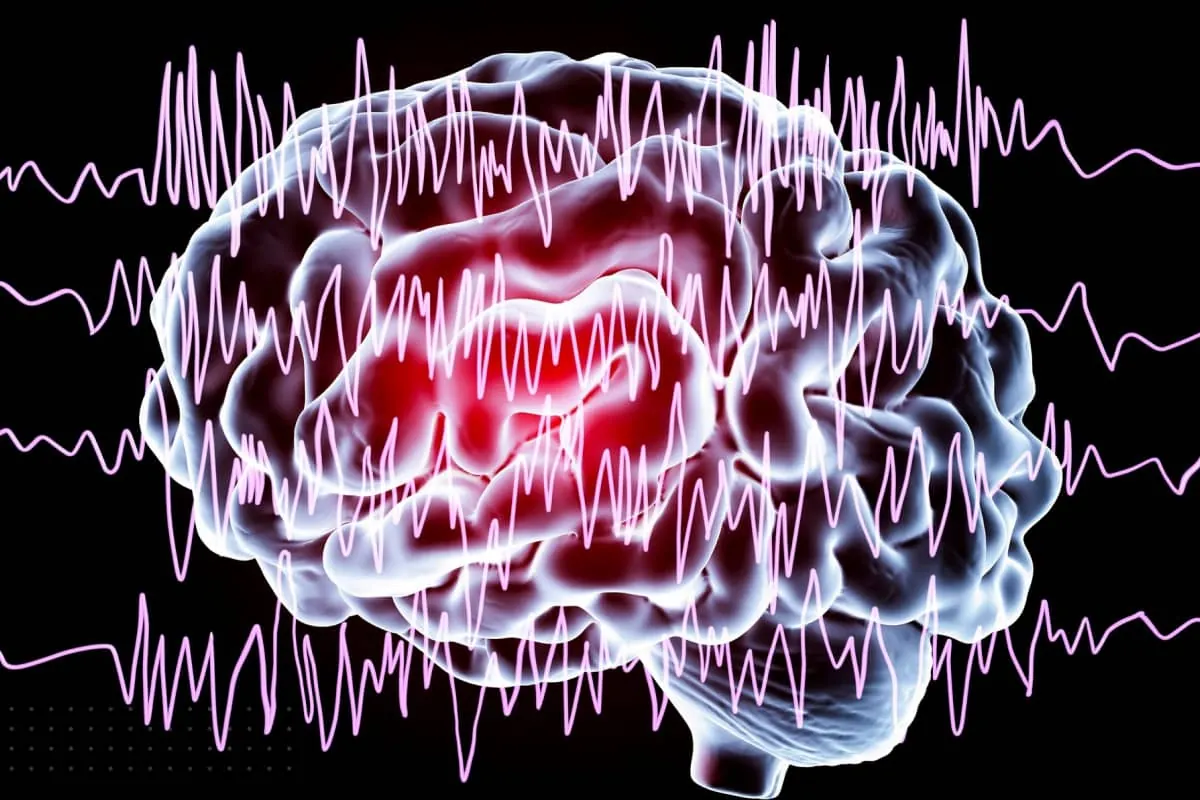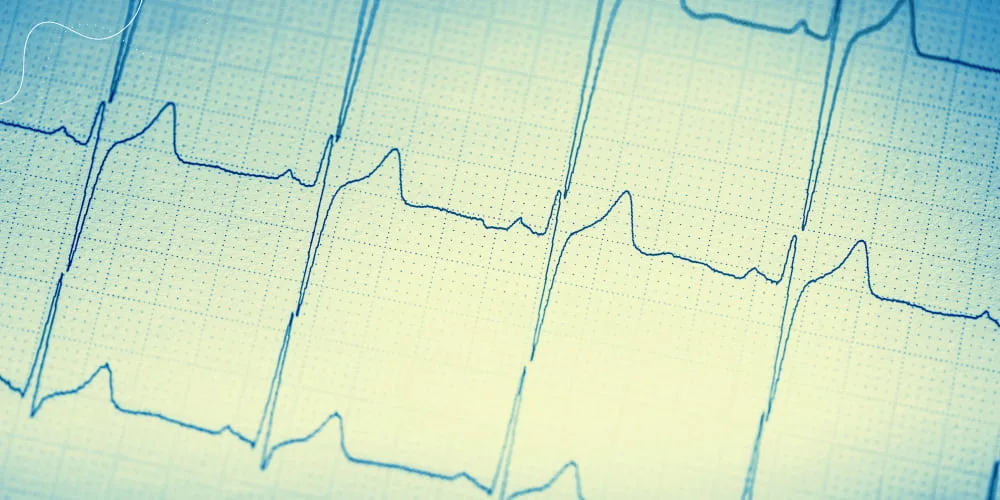Epilepsy is a dangerous and serious condition that is accompanied by severe seizures. Patients with epilepsy are advised by specialists not to drive a car and walk a long distance on their own until an examination is carried out and treatment is prescribed.
Epilepsy is not an incurable disease. Since epilepsy is rather a symptom that can accompany many serious diseases such as cancerous tumors, post-stroke complications, and head injuries. If you find out and eliminate the underlying condition, the seizures will disappear forever.
Treatments for epilepsy may include anti-epileptic drugs, neurostimulator procedures, and surgery. Each of these methods has its own side effects but can also help patients cope with problems such as seizures in epilepsy.
In this article, we look at the causes of epilepsy, its symptoms, and treatments.
Assessment and Diagnosis
If a patient has an epileptic seizure, the patient will be advised to visit a neurologist specialist to find out the cause of the seizures.
The neuropathologist at the reception asks the patient questions about his condition and prescribes the necessary examinations. If you suspect such a diagnosis as epilepsy or have even experienced powerful seizures, visit a specialist as soon as possible to diagnose and begin treatment, as the seizure can recur, and it is necessary for you to know how to cope with it.
The general advice would be to avoid driving and swimming, at least until you get an appointment with a specialist.
It can be difficult to quickly make an accurate diagnosis and identify epilepsy, as the symptoms can be the same as those of fainting, migraine, panic attacks, and other illnesses and disorders. As a rule, the diagnosis of epilepsy is established after the appearance of at least one seizure.
Before the appointment, the patient should write down a few notes about his condition recently, sensations during the attacks, their duration and other important details.
Tests for Epilepsy
A neurologist may refer a patient for several types of examinations, such as an electroencephalogram (EEG) or magnetic resonance imaging.
- Electroencephalogram (EEG)
An electroencephalogram is used to detect unusual electrical activity that may be occurring in the brain of a person with epilepsy if they have it. During an electroencephalogram, small sensors are attached to the patient’s scalp to pick up signals as the brain cells transmit impulses to each other.
- Magnetic resonance imaging
The following method of seizure testing is MRI. Magnetic resonance imaging (MRI) can also help identify severe medical conditions that may be causing epileptic seizures. It could be cancer, brain damage from a stroke, or brain scars.
In this case, magnetic fields and radio waves are used, which help to create images of the brain with the possible processes that occur in it.
The results of the examination can’t always help identify the cause of the condition and establish a diagnosis of epilepsy. In this case, the diagnosis is established on the basis of the patient’s complaints.
Treatment of Epilepsy
Treatment prescribed by a doctor can help patients with epilepsy reduce the frequency of seizures or even make them go away.
The treatment prescribed by a neurologist may include:
- Medications for epilepsy such as an antiepileptic drugs (AEDs);
- Surgery to remove a small part of the brain that causes seizures;
- A small electrical device inside the body that can help control seizures;
- A special ketogenic diet.
Sometimes patients will need to maintain the prescribed therapy for life. However, there are still cases when a neurologist advises ceasing treatment, since the cause of epilepsy has been eliminated and no seizures are observed. And sometimes, the patient may not be prescribed treatment at all if he knows the nature of the occurrence of seizures and has managed to solve the problem that gives rise to them.
In any case, people with suspected epilepsy should immediately visit a doctor and listen to their recommendations. This will help you deal with the problem much faster.
Anti-epileptic drugs (AEDs)
AEDs are most commonly used in the treatment of epilepsy. These drugs help control the occurrence of epileptic seizures in 7 out of 10 people.
Their job is to change the amount of chemicals in the brain. As a rule, these drugs for treatment of epilepsy do not entirely cure this disease, but they help prevent seizures.
There are several types of AEP such as
- Sodium valproate;
- Carbamazepine;
- Lamotrigine;
- Levetiracetam;
- Topiramate.
Your specialist will prescribe the type of medication that is right for you based on your age, the frequency and characteristics of your seizures, and whether you want to have children in the future.
Antiepileptic drugs may be available in the form of tablets, capsules, liquids, and even syrups. Take them daily. It is extremely important that the patient acts strictly according to the doctor’s prescriptions and takes the drugs in such quantity and with such frequency as the neuropathologist indicates.
While taking antiepileptic drugs, it is not advised to take any other drugs, even those that are available without a prescription. If you need to take any other drugs other than anti-epileptic drugs, it is extremely important to inform your doctor about this and hear his recommendations on this matter.
We don’t recommend a total refusal of the drug, this can significantly worsen your condition.
Side effects
Like any other medications for epilepsy, antiepileptic drugs also have a number of side effects. Most often they occur, at the beginning of taking the pills. Also, some side effects may occur during treatment and disappear on their own after a few days. There are cases when side effects do not appear at all in the patient.
The most common side effects can include:
- Drowsiness;
- Fatigue;
- Anxiety;
- Tremor of the limbs;
- Headache;
- Hair loss or vice versa, the appearance of unwanted hair on the body;
- Problems with gums;
- The appearance of a rash and other allergic reactions on the skin.
The appearance of side effects should be a reason for additional consultation with a specialist, especially if after taking the drug, the patient is in a state similar to alcohol intoxication, experiences unsteady gait, low concentration or nausea.
The doctor is obliged to listen to the patient’s complaints and make a decision on the further treatment of the patient.
Brain Surgery
In addition to medications for epilepsy, the doctor may also prescribe a surgical operation.
Surgery for epilepsy can be of two main types:
- Resective surgery
In this case, the surgeon removes the part of the patient’s brain that causes seizures. Usually, such an operation is carried out when the part of the brain that provokes seizures is small enough and has clearly defined edges. It is also extremely vital that this part of the brain is not responsible for controlling processes such as speech, movement, vision, or hearing.
- Separation surgery
In this case, instead of removing part of your brain, the surgeon cuts the pathways between the nerves in the brain of an epileptic patient. These nerves are involved in seizures, and removing them can help get rid of epilepsy for good.
Other Therapies to Treat Epilepsy
In addition to the methods that we have described, there are several other ways to deal with this problem such as ketogenic diet, vagus nerve stimulation, deep brain stimulators, and responsive neurostimulation. Let’s look at these methods in more detail.
Ketogenic Diet
One of the ways among widespread methods of treatment of epilepsy is a ketogenic diet. This type of diet is high in fat and low in carbohydrates. A neurologist may advise you to switch to such a diet if your symptoms indicate that this is what you need. Do not try to start this diet on your own, if it does not suit you, your condition may worsen.
Often specialists prescribe such a diet to children in cases where drugs do not help get rid of seizures, but sometimes this diet brings a positive result in adult patients.
At the initial stage of the transition to such a diet, patients may feel tired, and after a long period of maintaining this diet, patients may even encounter such things as
- Stones in the kidneys
- high cholesterol
- dehydration
- Constipation
- Weight gain
- Broken bones.
Also, a ketone diet is not often prescribed to an adult patient due to an increased risk of diabetes and cardiovascular disease.
However, sometimes it is beneficial. Only a doctor can prescribe this diet after the necessary questioning and examination. The appearance of any side effects should be immediately discussed with the doctor.
Vagus Nerve Stimulation
This nerve originates in the chest and abdomen, passes through the neck and ascends to the brain. Its main function is to control automatic processes in the body, such as the heartbeat. This way can also be one of the seizures treatments.
The essence of the procedure is that the doctor places a vagus nerve stimulator under the skin of the chest and connects it to the nerve. The stimulator starts sending impulses to the patient’s brain using the appropriate nerve.
This way of solving the problem can help prevent epileptic seizures by changing the signals that occur in the brain.
Usually, VNS does not help to completely get rid of epilepsy, but at least the attacks appear less often and are easier to bear. As a rule, VNS is paired with antiepileptic drugs.
Side effects of the stimulant procedure may include a hoarse voice, cough, and sore throat. However, these symptoms quickly disappear.
The battery for these devices last about 10 years, after which it will need to be replaced with a new one.
Deep Brain Stimulation
The next way of epileptic treatment is deep brain stimulation. This type of stimulation is similar to VNS. The difference between the two is that the stimulator that the doctor places in the patient’s chest area is connected to wires that communicate directly with the brain.
The electrical impulses that travel through these wires help prevent seizures by changing brain signals.
DBS is a recently introduced procedure that is not performed very often, so there is no reliable basis for concluding that it is effective.
Such a procedure also has a number of risks. Side effects after its implementation can be expressed in the form of cerebral hemorrhage, depression and amnesia.
If your neurologist advises you to have this procedure, discuss the risks of the procedure, its benefits, and possible side effects with your neurologist.
Responsive Neurostimulation
This method of treating epileptic seizures consists in implanting a neurostimulator under the skull bone. The function of the implant is to look for patterns in brain activity that could be a potential cause of epileptic seizures.
While the stimulator sees a potential threat of an attack, its task is to send impulses to prevent the onset of an attack.
Home Remedies and Advice to Help Occur Epilepsy
It is worth saying that there are other types of treatment of epilepsy. There is not enough evidence to say whether these methods are really effective in the treatment of epilepsy or not. However, with the permission of the doctor, the patient can try any method.
Basically, traditional medicine methods consist in the use of field herbs. However, doctors warn that some of them may be incompatible with antiepileptic drugs or be dangerous for any other reason.
So, for example, experts do not advise using St. John’s wort for the treatment of epileptic seizures, as it can affect the amount of the drug in the blood and reduce the effectiveness of the drug taken. Strong-smelling aromatics such as hyssop, rosemary, and sweet fennel may increase the number and frequency of seizures in patients with epilepsy.
By the way, what definitely won’t hurt patients is relaxation. Stress relief in the form of yoga, doctor-approved light physical activity, as well as meditation and positive communication will help you become calmer, and if epilepsy has been associated with increased levels of stress, then in rare cases, this may even contribute to a cure for epilepsy.
Bottom Line
In fact, epilepsy is a serious condition accompanied by seizures. This may find the patient in the middle of the street, driving or in a store. If you have this disease or suspect the diagnosis of epilepsy in yourself, you need to consult a doctor, visit our clinic’s website. Call us at (214) 619-1910, and make an appointment.
We treat various neurological disorders such as:
- Concussion;
- Dementia;
- Stroke;
- Diabetic neuropathy;
- Dystonias;
- Peripheral neuropathy
- Epilepsy;
- Alzheimer’s disease;
- Headaches and migraines;
- Parkinson’s disease;
- Multiple sclerosis.
It is not a complete list we can help with; our neurologists deal with many diseases.
Go to our website to read more about our clinic. Check out the blog with many helpful articles about different diseases, their diagnosis, and treatment.
FAQs
- Can epilepsy be cured permanently?
Unfortunately, at this point in time, medicine has not been invented to cure epilepsy permanently. However, if the epilepsy is caused by a cause that the patient can eliminate, the seizures may disappear forever. There are also a number of medications and procedures that can help stabilize the patient’s condition and reduce the number and frequency of seizures.
- Can you live a normal life with epilepsy?
Medicine continues to evolve and find new methods to treat severe conditions. If the patient was diagnosed in time and prescribed therapy, he can continue to live a normal life, forgetting about severe epileptic attacks.
- What is the best medicine for epilepsy?
It is believed that among antiepileptic drugs, Lamictal is the best remedy. According to studies in which about 716 patients took part, this drug showed the best results.
- Is sleep good for epilepsy?
A good night’s sleep is essential for everyone. Insufficient quantity and poor quality of sleep at night can exacerbate the condition of a person with epilepsy and cause an increase in the number of seizures. In general, to maintain a normal state, a patient with epilepsy needs about 7-8 hours of sleep at night.














Please, leave your review
Write a comment: